Home>Gardening & Outdoor>Landscaping Ideas>How Often To Water Grass In Texas Summer
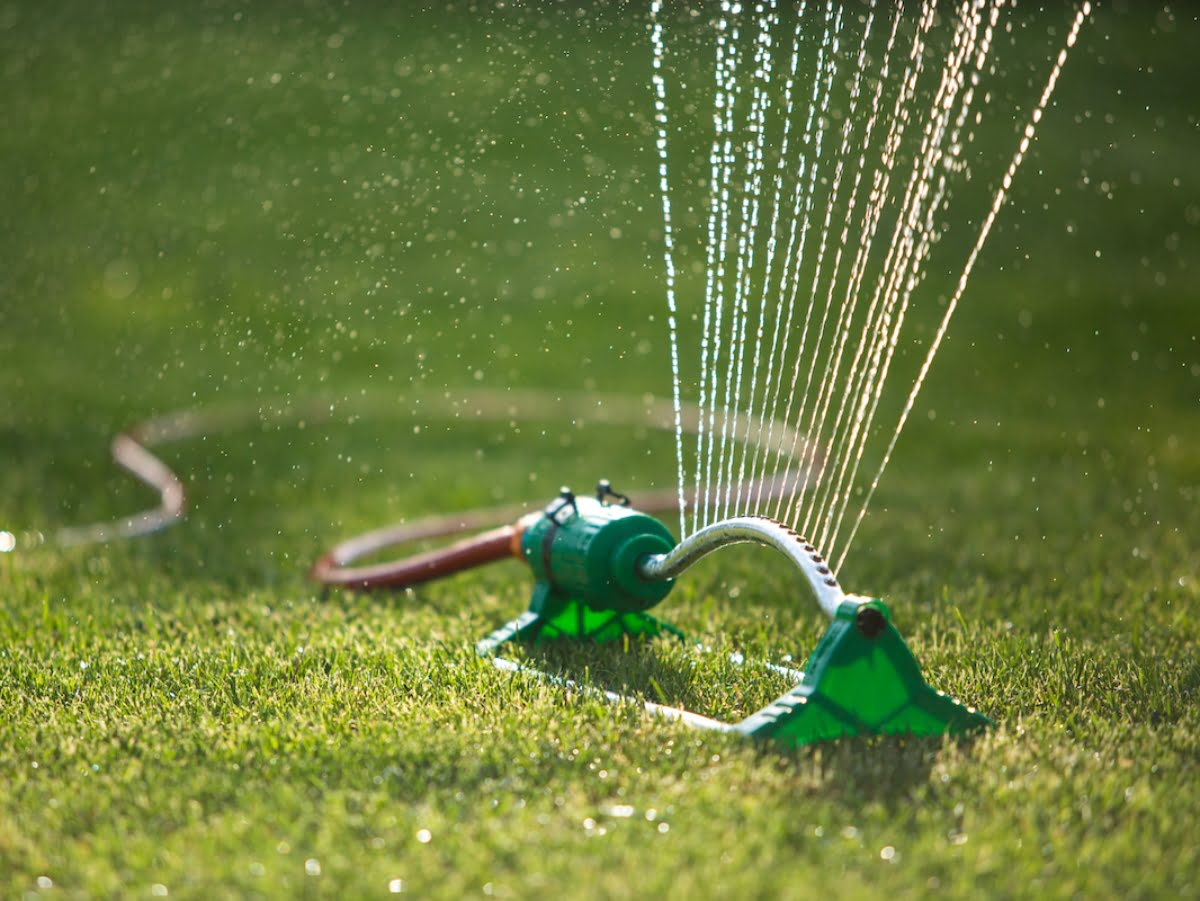

Landscaping Ideas
How Often To Water Grass In Texas Summer
Modified: October 18, 2024
Learn the best landscaping ideas for watering grass in the hot Texas summer. Discover how often to water your lawn for optimal growth and health.
(Many of the links in this article redirect to a specific reviewed product. Your purchase of these products through affiliate links helps to generate commission for Storables.com, at no extra cost. Learn more)
Introduction
In the scorching heat of a Texas summer, maintaining a lush, green lawn can be quite a challenge. The intense sun and high temperatures can quickly take a toll on your grass, turning it from vibrant green to a crispy brown if not properly cared for. One of the most crucial aspects of lawn care during this time is ensuring that your grass receives adequate water to thrive in the harsh conditions.
Watering your lawn may seem straightforward, but the frequency and amount of water required can vary significantly based on several factors, including the type of grass, soil composition, and local weather patterns. Understanding these variables is essential for developing an effective watering routine that promotes healthy growth and resilience in the face of Texas's summer heat.
In this comprehensive guide, we will delve into the intricacies of watering your grass during a Texas summer. From the factors influencing watering frequency to practical tips for efficient irrigation, this article will equip you with the knowledge and insights needed to nurture a vibrant, resilient lawn that can withstand the rigors of the Lone Star State's summer months. So, let's dive in and explore the art and science of watering your grass in Texas during the summer.
Key Takeaways:
- During a scorching Texas summer, watering your grass 1-2 times per week, early in the morning, for 30-60 minutes promotes deep root growth and resilience, helping your lawn thrive in the heat.
- Watch out for signs of overwatering (standing water, soggy soil) and underwatering (dry, straw-colored patches), and adjust your watering schedule to keep your grass healthy and vibrant in the Texas summer.
Read more: How To Water Grass In Summer
Factors Affecting Watering Frequency
Several key factors influence the frequency at which you should water your grass during a Texas summer. Understanding these variables is essential for tailoring your watering schedule to meet the specific needs of your lawn. By taking these factors into account, you can optimize water usage, promote healthy grass growth, and conserve this precious resource. Let’s explore the primary determinants of watering frequency:
- Grass Type: Different grass species have varying water requirements. For instance, warm-season grasses such as Bermuda, St. Augustine, and Zoysia are better adapted to the hot, arid climate of Texas and generally require less frequent watering compared to cool-season grasses like fescue or bluegrass.
- Soil Composition: The soil’s ability to retain moisture plays a crucial role in determining watering frequency. Sandy soils drain water rapidly and may necessitate more frequent watering, while clay soils retain moisture for longer periods, requiring less frequent irrigation.
- Weather Patterns: Texas summers are characterized by high temperatures and occasional drought conditions. Monitoring weather forecasts and adjusting your watering schedule in response to prolonged periods of extreme heat or dry spells is essential for preventing grass from wilting or becoming parched.
- Shade and Sun Exposure: The amount of shade and sun exposure in your lawn area can impact water evaporation rates. Shaded areas may retain moisture for longer, while grass in full sun may require more frequent watering to combat the effects of intense heat.
- Established vs. New Lawns: Newly seeded or sodded lawns typically require more frequent watering to support establishment, while established lawns may have more resilient root systems and can withstand longer intervals between watering sessions.
By considering these factors, you can tailor your watering schedule to align with the unique needs of your lawn, ensuring that your grass receives the right amount of water at the appropriate frequency to thrive in the Texas summer heat.
Recommended Watering Schedule for Texas Summer
Developing a well-crafted watering schedule is essential for nurturing a healthy, vibrant lawn during the sweltering Texas summer. By adhering to a consistent and strategic watering routine, you can promote deep root growth, enhance drought resistance, and maintain the lush appearance of your grass. Here’s a recommended watering schedule tailored to the unique demands of a Texas summer:
- Frequency: In general, it’s advisable to water your lawn 1-2 times per week during the summer months. However, the specific frequency may vary based on factors such as grass type, soil composition, and weather conditions. Monitor the moisture levels in your lawn to determine the optimal watering frequency, ensuring that the soil remains adequately moist without becoming waterlogged.
- Timing: Early morning is the optimal time to water your lawn in Texas. This allows the grass to absorb moisture before the sun’s intensity increases, minimizing water loss due to evaporation. Watering in the evening can lead to prolonged moisture on the grass, potentially promoting fungal growth and disease.
- Duration: When watering, aim to provide sufficient moisture to penetrate the soil to a depth of 6-8 inches. This encourages deep root growth, enhancing the grass’s resilience during hot and dry spells. Depending on your irrigation method and water flow rate, this may require approximately 30-60 minutes of watering per session.
- Adjustments Based on Conditions: Be attentive to changes in weather patterns, particularly extended periods of high heat or drought. During these times, you may need to increase the frequency of watering or adjust the duration to prevent the grass from wilting or browning.
It’s important to note that these recommendations serve as a general guideline, and fine-tuning your watering schedule based on the specific characteristics of your lawn is crucial for optimal results. By customizing your watering routine to align with the unique needs of your grass, you can foster a resilient and visually appealing lawn that thrives throughout the Texas summer.
Water your grass in Texas summer about 1-2 times per week, giving it 1-1.5 inches of water each time. Water in the early morning to reduce evaporation. Adjust based on rainfall and soil type.
Signs of Overwatering and Underwatering
Recognizing the signs of overwatering and underwatering is pivotal for maintaining the health and vitality of your lawn during a Texas summer. Both scenarios can have detrimental effects on grass growth and overall resilience, making it essential to be attentive to the following indicators:
- Overwatering: Too much water can suffocate the grass roots by displacing essential oxygen from the soil. Signs of overwatering include the presence of standing water on the lawn, a perpetually soggy or mushy soil texture, and an increase in pests and diseases due to favorable moist conditions. Additionally, grass may exhibit a wilted appearance despite the soil being excessively wet, indicating that the roots are unable to access oxygen and nutrients effectively.
- Underwatering: Insufficient water can cause grass to wilt, turn brown, or develop a crunchy texture. Signs of underwatering include the formation of dry, straw-colored patches on the lawn, a lack of springiness in the grass blades, and footprints that remain visible on the grass due to dehydration. In severe cases, the soil may become compacted and hardened, hindering the absorption of moisture and nutrients by the grass roots.
By closely monitoring your lawn for these signs, you can proactively adjust your watering schedule to rectify any imbalances and ensure that your grass receives the appropriate amount of water to thrive in the Texas summer heat. Striking the right balance is key to promoting healthy growth and resilience in your lawn, allowing it to withstand the rigors of the Lone Star State’s challenging climate.
Tips for Efficient Watering
Efficient watering practices are essential for maximizing the impact of your irrigation efforts, conserving water, and promoting the health and vitality of your lawn during a Texas summer. By implementing the following tips, you can optimize your watering routine and ensure that your grass receives the care it needs to thrive in the hot and arid climate:
- Utilize Proper Irrigation Techniques: Choose an irrigation method that delivers water evenly across your lawn, such as a sprinkler system with adjustable settings or a soaker hose. This helps prevent overwatering in some areas and underwatering in others, promoting uniform growth and moisture distribution.
- Observe Watering Restrictions: Stay informed about any local watering restrictions or guidelines in your area. Adhering to these regulations not only ensures compliance with municipal policies but also encourages responsible water usage, benefiting the environment and community at large.
- Mulch Garden Beds and Borders: Applying a layer of organic mulch around garden beds and borders helps retain soil moisture, reducing the need for excessive watering. Mulch also provides insulation, moderating soil temperature and minimizing water evaporation.
- Adjust Based on Seasonal Changes: Modify your watering schedule in response to seasonal variations in temperature and precipitation. During periods of milder weather or increased rainfall, you may need to reduce the frequency of watering to prevent oversaturation and promote the development of deep, resilient roots.
- Perform Regular Maintenance Checks: Inspect your irrigation system for leaks, clogs, or malfunctions that could lead to water wastage or uneven distribution. Additionally, monitor the condition of your lawn for signs of overwatering or underwatering, adjusting your watering schedule accordingly.
- Consider Smart Irrigation Technology: Explore the use of smart irrigation controllers or moisture-sensing devices that automate watering based on real-time environmental conditions and soil moisture levels. These technologies offer precision and efficiency, ensuring that your lawn receives the right amount of water at the optimal times.
- Encourage Deep Root Growth: Water your lawn deeply and infrequently to promote the development of robust, deep-reaching roots. This enhances the grass’s ability to withstand drought and heat stress, reducing its reliance on frequent watering.
By incorporating these tips into your lawn care regimen, you can cultivate a water-efficient and resilient landscape that thrives in the challenging Texas summer climate. Implementing mindful watering practices not only benefits the health and appearance of your lawn but also contributes to sustainable water usage, aligning with responsible environmental stewardship.
Read more: How Often To Water The Grass
Conclusion
Nurturing a thriving lawn in the midst of a Texas summer requires a delicate balance of attentive care, informed decision-making, and strategic watering practices. By considering the diverse factors that influence watering frequency, adhering to a well-crafted watering schedule, and remaining vigilant for signs of overwatering and underwatering, you can cultivate a resilient and visually appealing landscape that withstands the challenges of the Lone Star State’s scorching heat.
As you embark on your journey to maintain a healthy lawn during the Texas summer, remember that the art of watering goes beyond mere hydration; it is a foundational element of sustainable landscape management. By optimizing your watering routine, you not only nurture the vibrancy of your grass but also contribute to the responsible stewardship of water resources, benefiting both your immediate surroundings and the broader ecosystem.
Embracing efficient watering practices, leveraging technology for precision irrigation, and adapting your approach in response to seasonal variations are essential steps toward fostering a resilient lawn that thrives in the face of Texas’s formidable summer climate. With a thoughtful blend of knowledge, care, and environmental mindfulness, you can transform your lawn into a verdant oasis, enhancing the beauty of your outdoor space while promoting sustainable water usage.
As you apply the insights and recommendations outlined in this guide, may your lawn flourish with vitality, resilience, and enduring beauty, serving as a testament to the harmonious coexistence of nature and responsible landscape stewardship.
Frequently Asked Questions about How Often To Water Grass In Texas Summer
Was this page helpful?
At Storables.com, we guarantee accurate and reliable information. Our content, validated by Expert Board Contributors, is crafted following stringent Editorial Policies. We're committed to providing you with well-researched, expert-backed insights for all your informational needs.
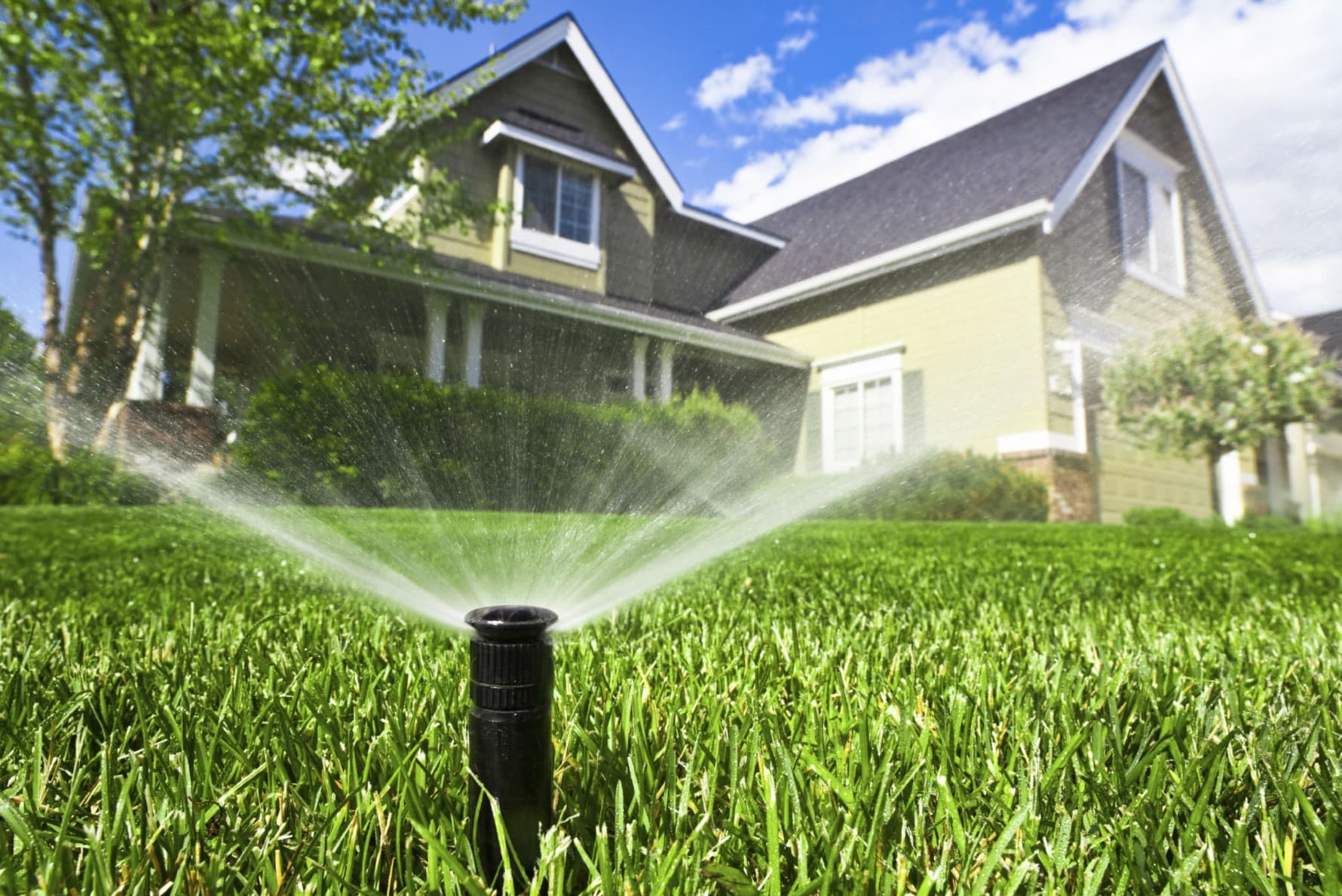

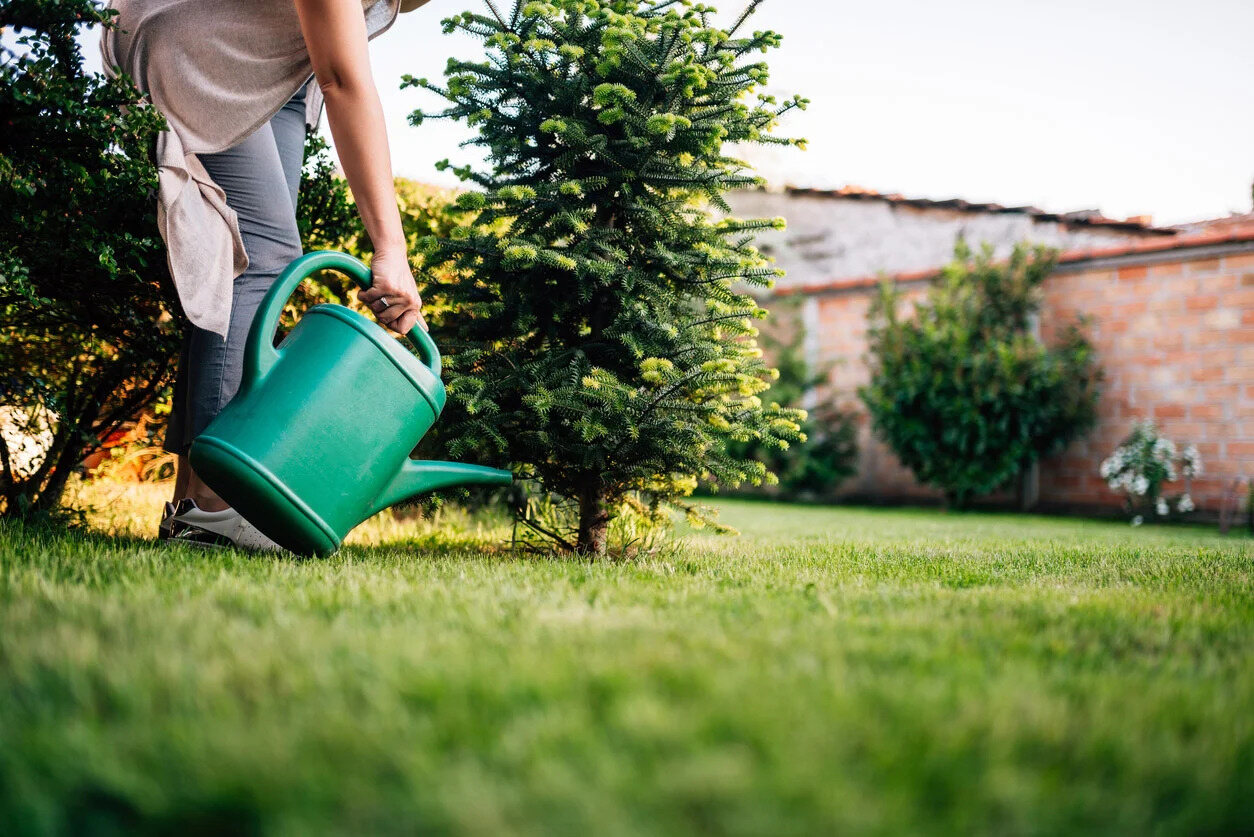




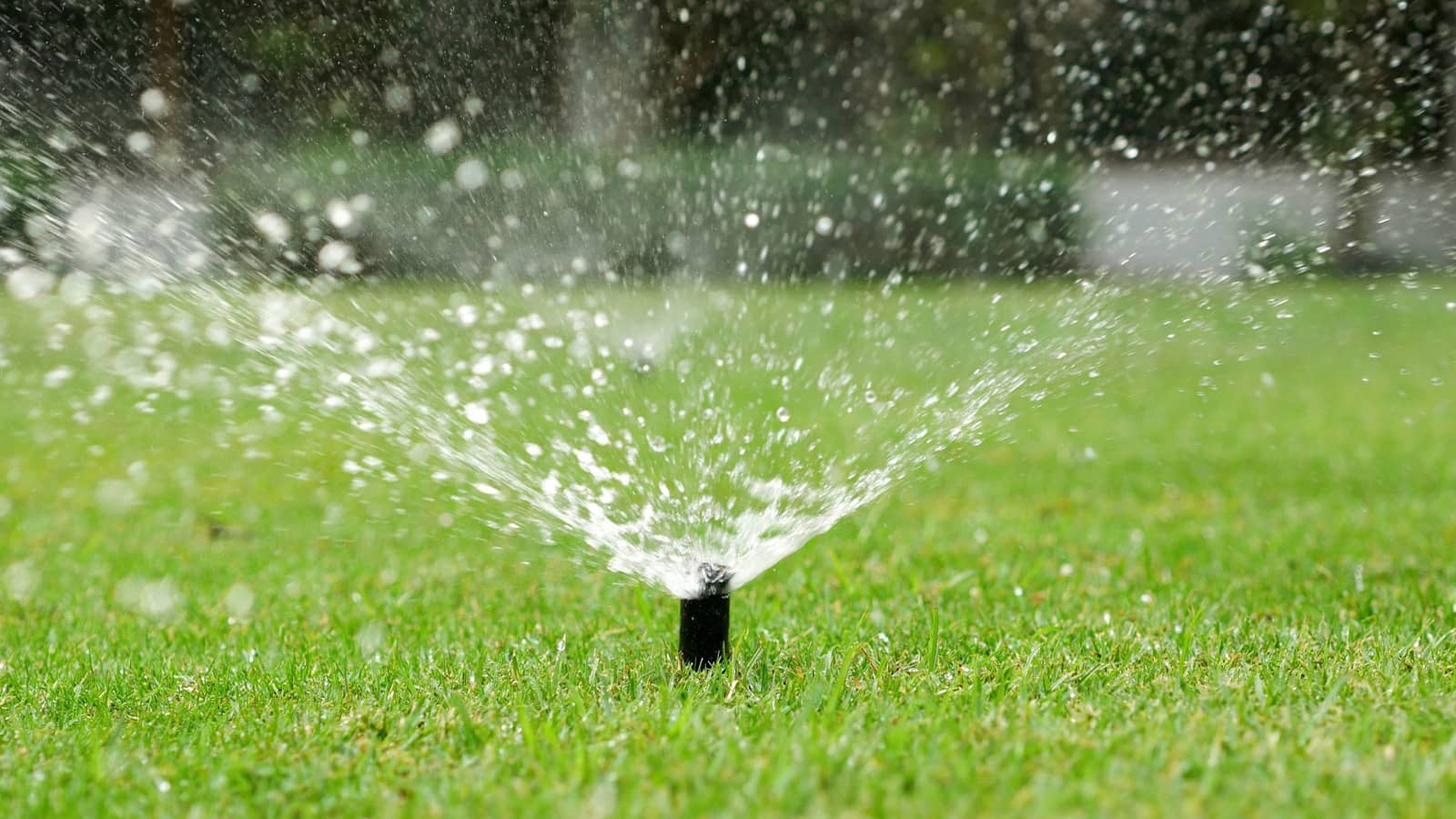
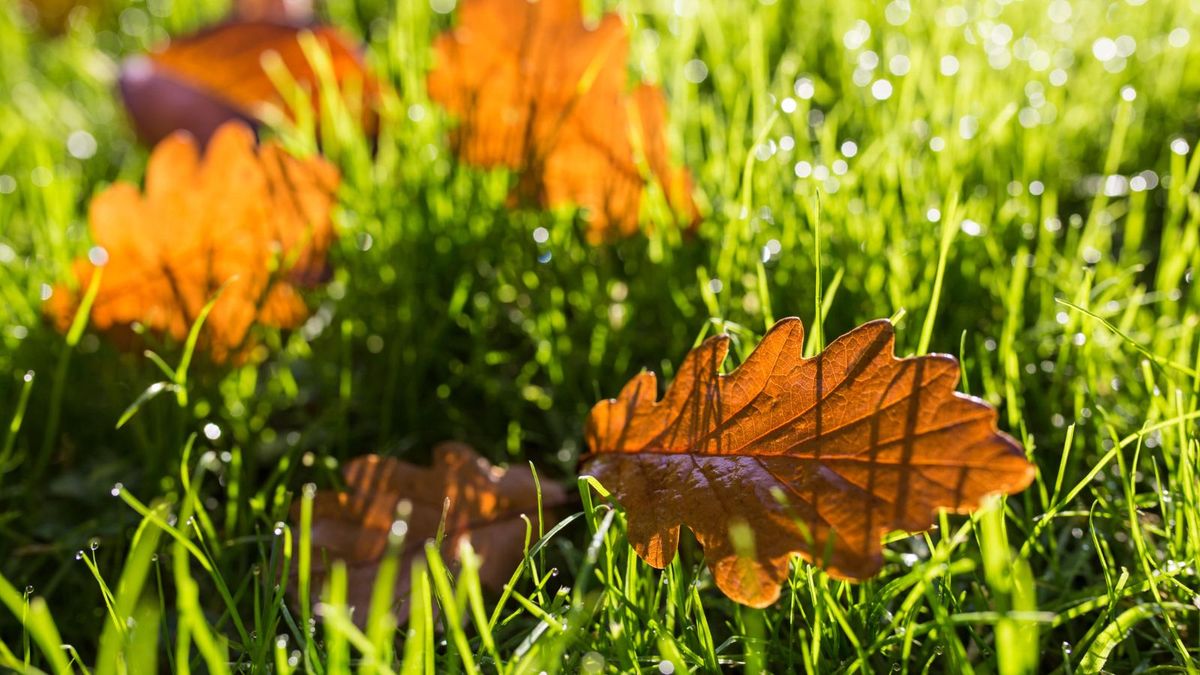
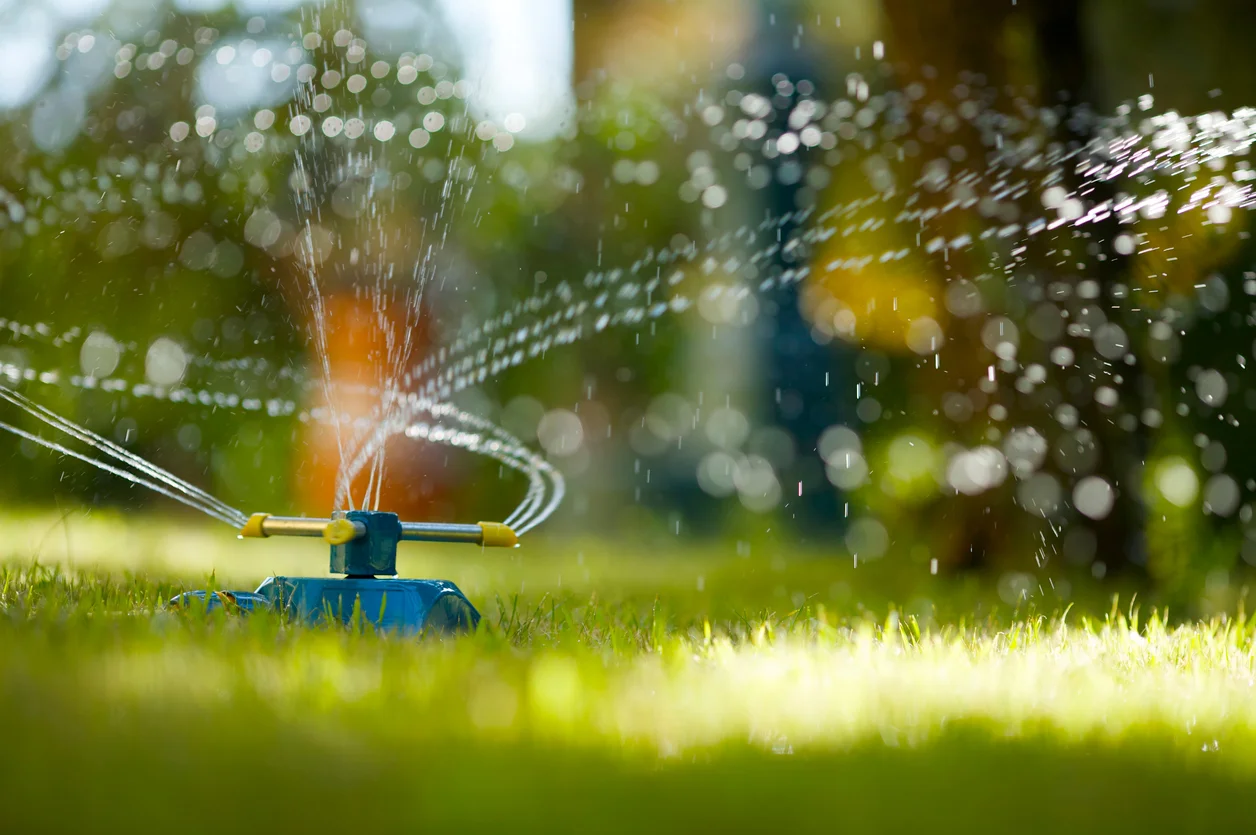
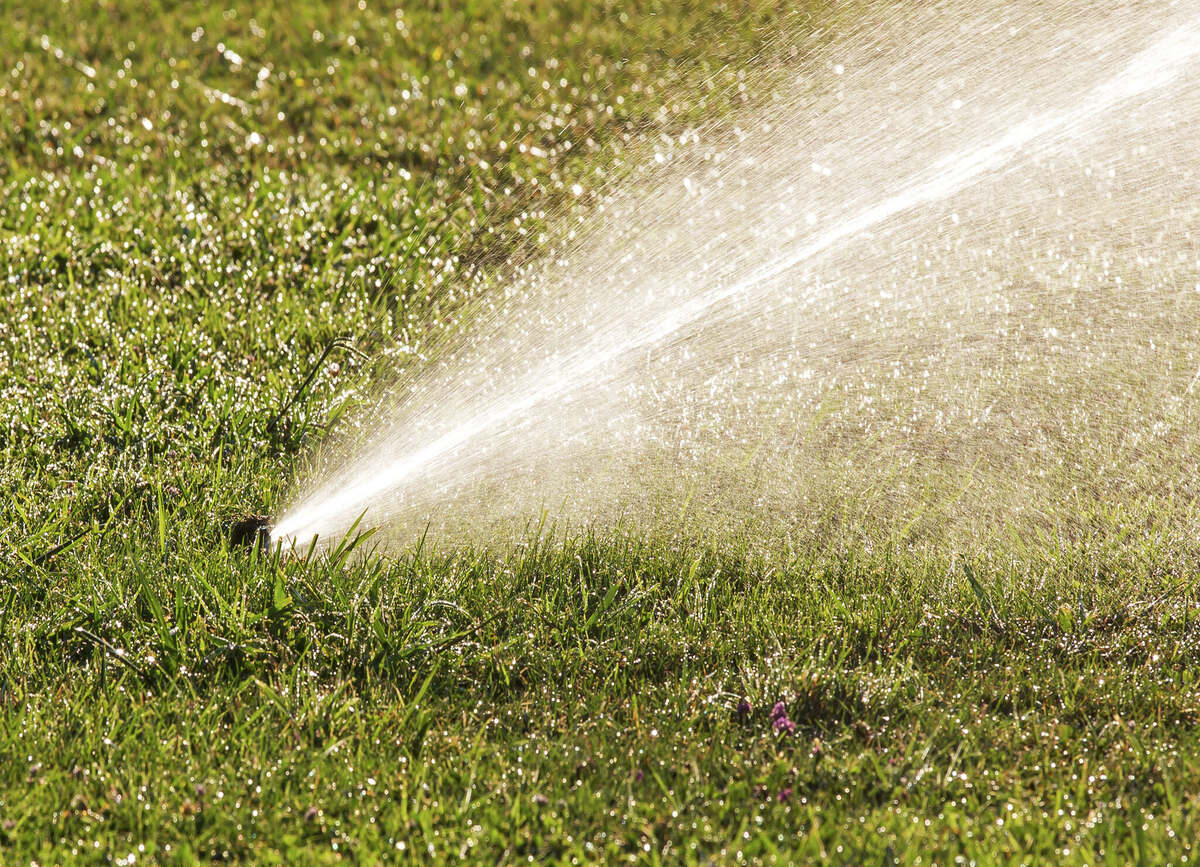
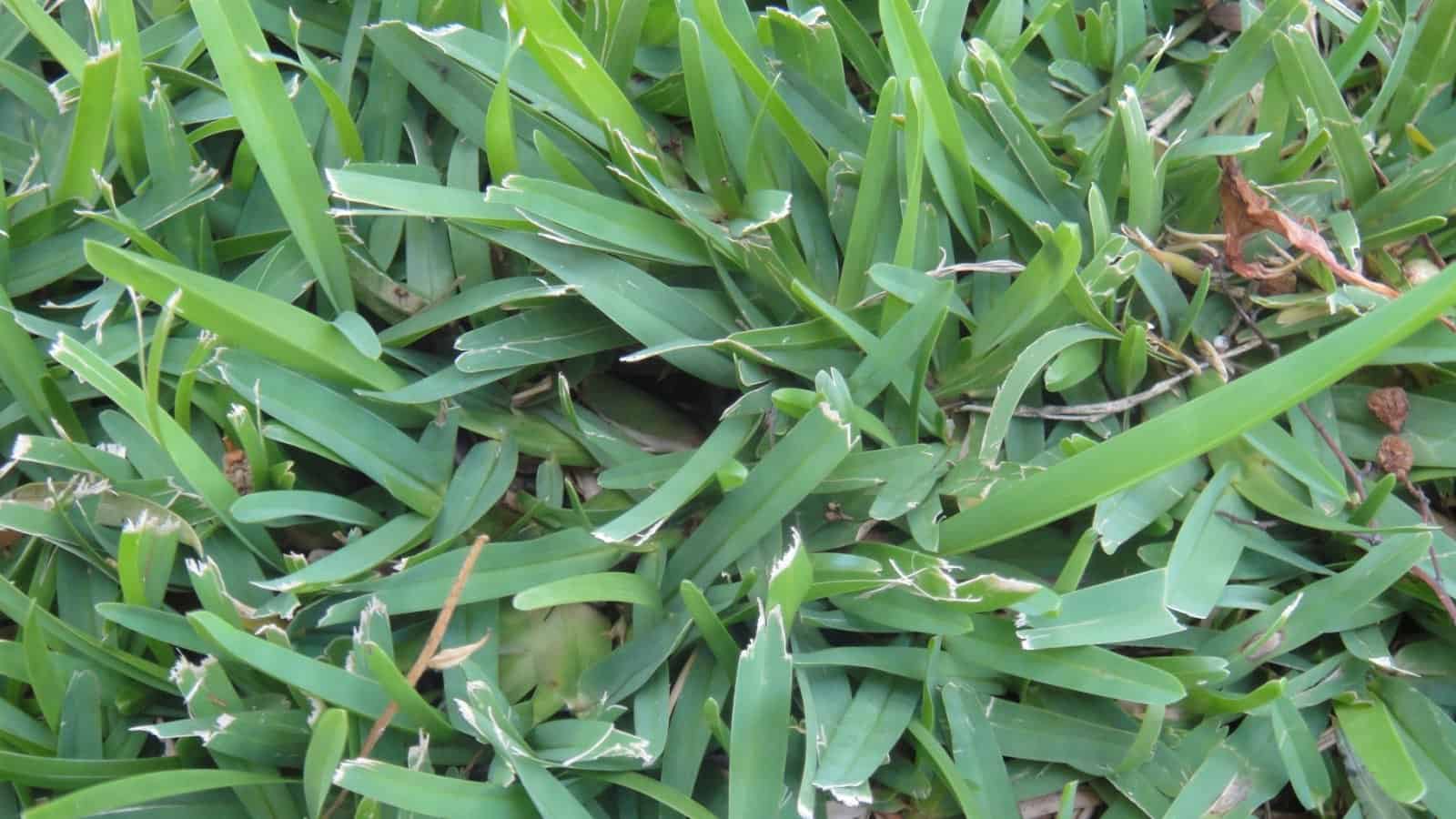
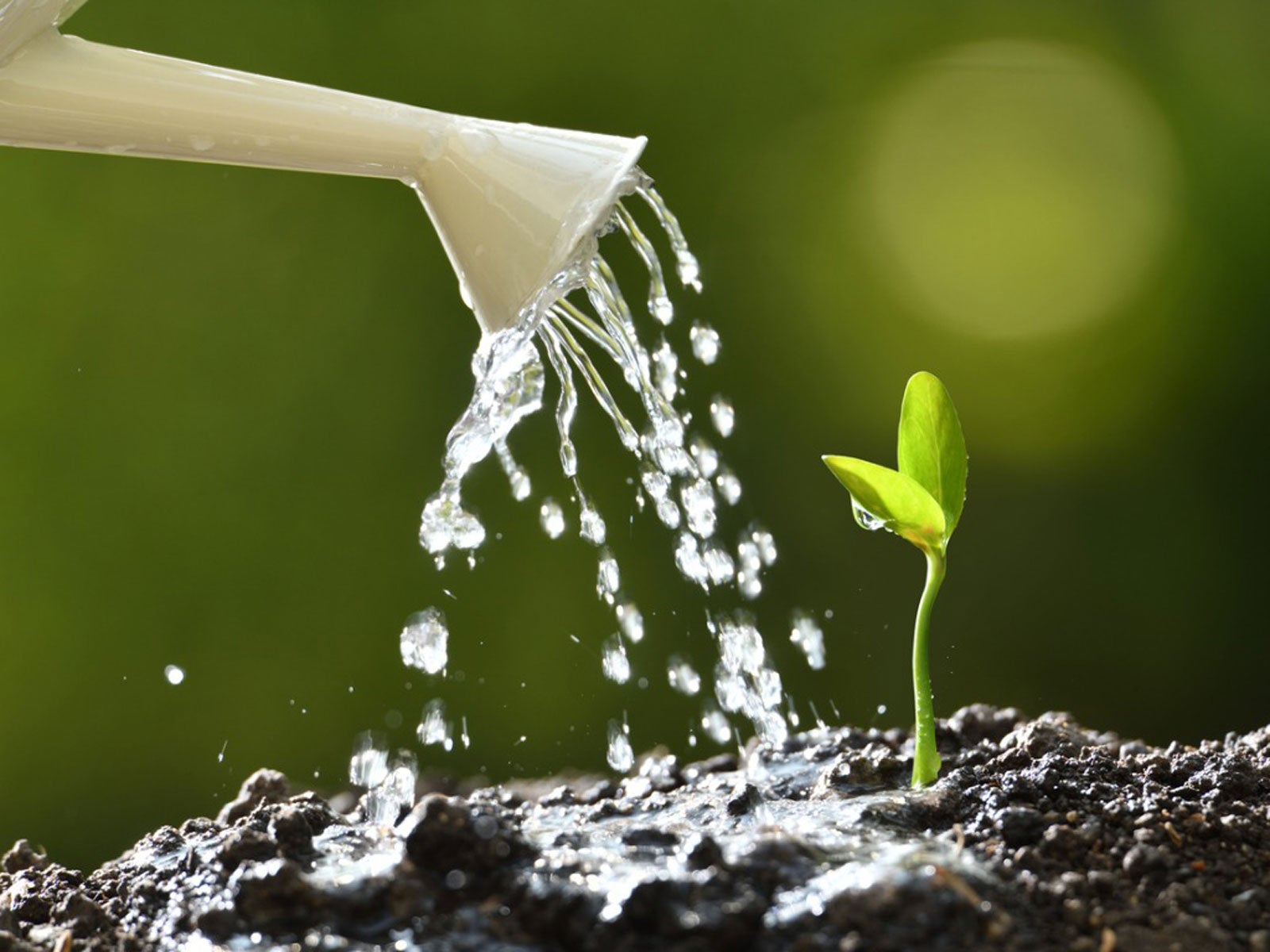
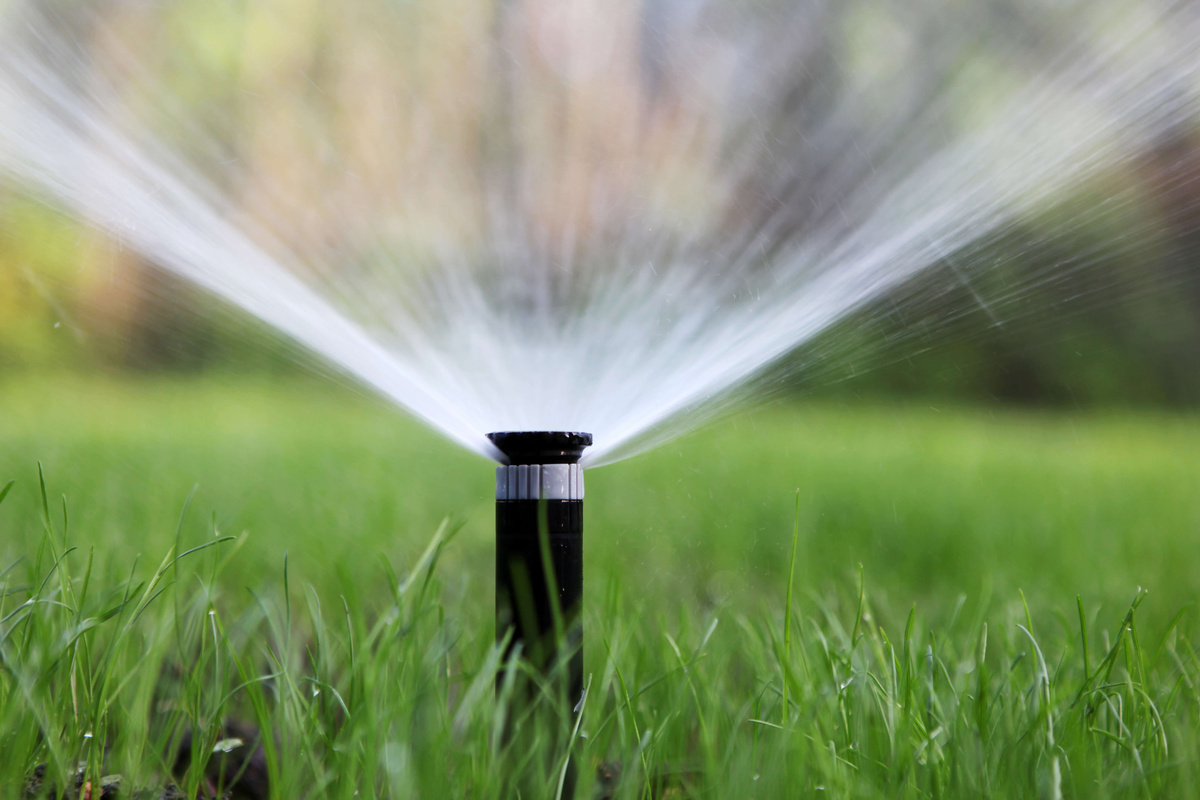

0 thoughts on “How Often To Water Grass In Texas Summer”